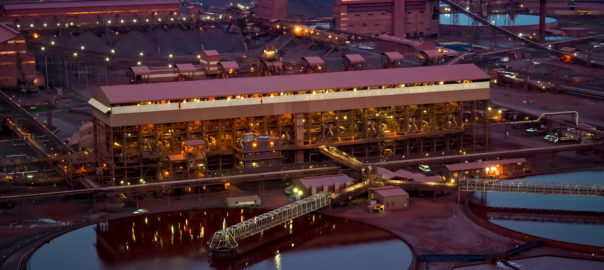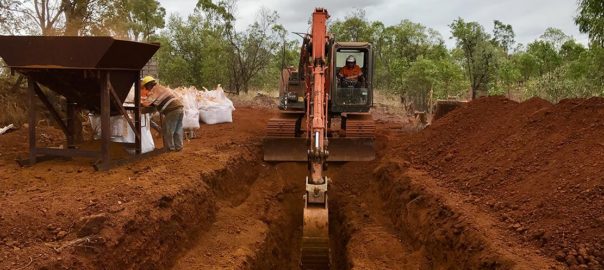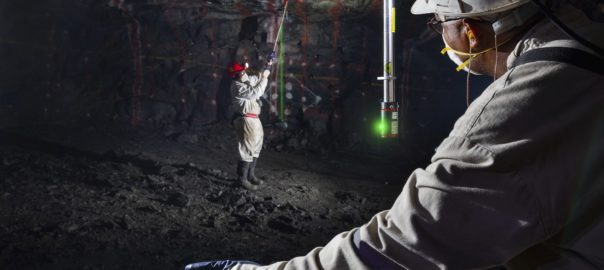Kumba Iron Ore, majority owned by Anglo American, has announced that its Sishen and Kolomela mines in South Africa have been assessed against the Initiative for Responsible Mining Assurance’s (IRMA) comprehensive mining standard, achieving the IRMA 75 level of performance.
This reflects Anglo American’s integrated approach to sustainability and its commitment to transparency in striving for the highest levels of responsible iron ore production, the company said.
Mpumi Zikalala, Chief Executive of Kumba Iron Ore, said: “We are proud of our teams’ efforts and the outstanding progress made across both of our operations to promote responsible mining practices. As part of our commitment to leading in ESG practices, we are dedicated to delivering premium quality iron ore products that help to reduce carbon emissions in the steelmaking process, while helping our customers meet the growing demand for responsibly sourced materials in an efficient and independently verified way. Through the IRMA assurance process, we have been able to evaluate our sustainability performance at Sishen and Kolomela mines, identify areas for improvement and ensure that we strive to adhere to the highest standards of responsible mining.”
Themba Mkhwanazi, Anglo American’s Regional Director – Africa and Australia, said: “We are pleased that Kumba is the first iron ore producer in Africa to complete the IRMA audit, providing stakeholders with a way of accounting for sustainability practices that is transparent, verifiable and comparable. Launched last year, our digital traceability platform Valutrax™ is available to customers purchasing Anglo American mined products, helping them to trace metals and minerals through a tailored selection of key provenance and sustainability indicators, including third-party assurance such as IRMA. The IRMA results demonstrate further progress on our Sustainable Mining Plan commitment of having all our operations undergo third-party audits against responsible mine certification standards by 2025. IRMA improves our ability to build an understanding of areas where we can continue to improve our ESG performance.”
Aimee Boulanger, Executive Director of IRMA, said: “Through detailed IRMA audit reports, mining companies, communities and companies that purchase mined materials can gain the information they need to decide what’s going well — and what may require more attention — at specific mines. The Sishen and Kolomela reports demonstrate that these mines can point to transparent, independent evaluations of their environmental and social performance.”
The IRMA scoring system recognises four levels of performance: IRMA Transparency, in which a mine is third-party-assessed and publicly shares its scores; IRMA 50, 75 or 100, signifying that a mine meets a core set of critical requirements together with at least 50%, 75% or 100% of the requirements in each of the four sections of the Standard for Responsible Mining being met respectively.
IRMA’s Standard for Responsible Mining has been developed over a decade through a public consultation process with more than 100 different individuals and organisations, including mining companies, customers and the ultimate downstream users of mined products, NGOs, labour unions and communities and is considered to be one of the most rigorous certification processes, IRMA says.
Sishen and Kolomela join other Anglo American operations such as Minas Rio, Barro Alto, Mototolo and Unki in gaining IRMA 75 accreditation.













